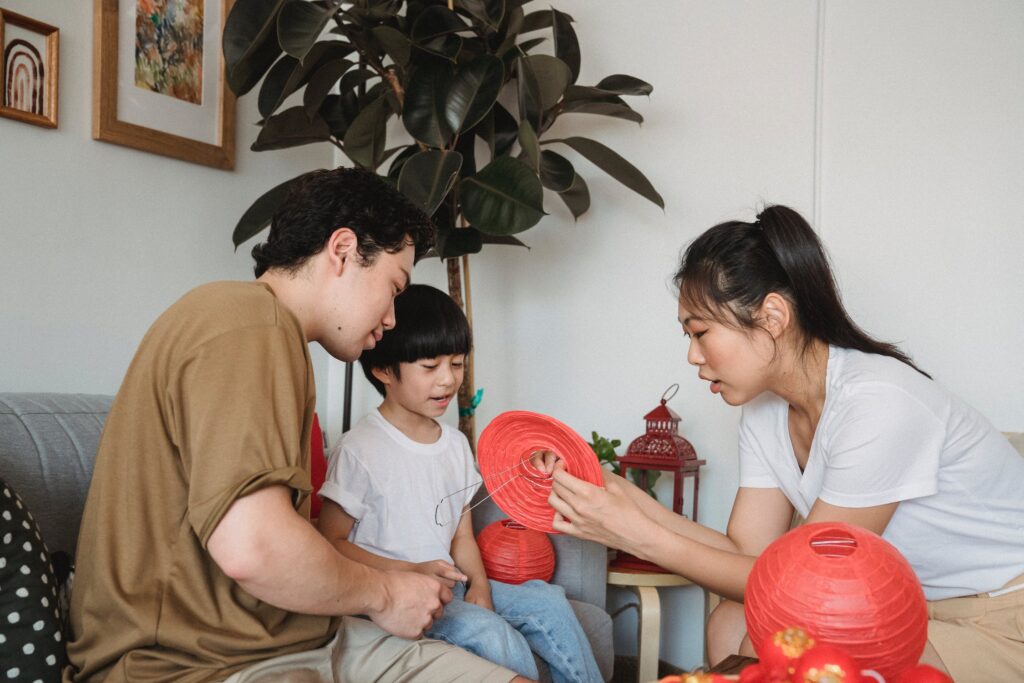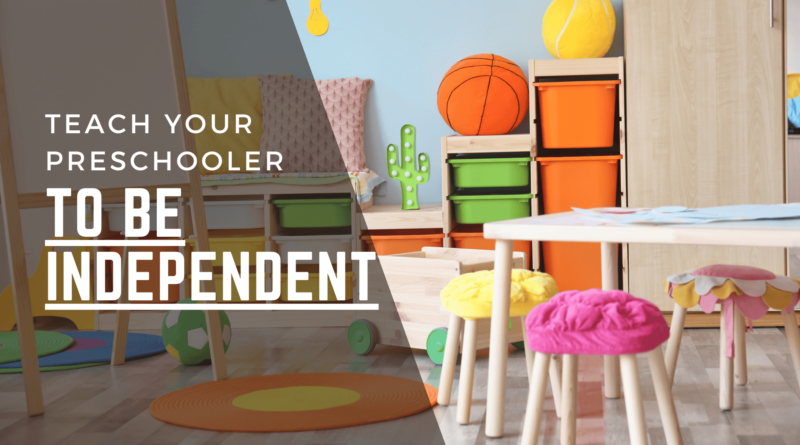How to Teach Your Preschooler to Be Independent
Independence is a crucial skill that every child needs to learn. It not only boosts their self-esteem but also prepares them for the challenges that lie ahead in life. Teaching independence to your preschooler may seem like a daunting task, but with patience, consistency, and the right strategies, it can be an enjoyable and rewarding experience.
Understanding Independence in Preschoolers
Independence in preschoolers is about learning to do things for themselves. It involves simple tasks like dressing up, eating, or cleaning up their toys. It also includes emotional independence, such as managing feelings and making decisions. Teaching your preschooler to be independent not only helps them develop self-confidence but also promotes problem-solving skills and resilience.
Strategies to Foster Independence
1. Start with Basic Tasks

Begin by teaching your child to perform simple tasks independently. This could be brushing their teeth, dressing up, or tidying their room. Make sure the tasks are age-appropriate and achievable. Celebrate their success when they complete a task independently, as this will boost their confidence and motivate them to take on more responsibilities.
2. Encourage Decision Making

Allow your child to make simple decisions. This could be choosing their outfit for the day or deciding what to have for breakfast. Making decisions helps children feel in control and promotes independence.
3. Provide Opportunities for Problem-Solving

Encourage your child to solve problems on their own. If they encounter a challenge, resist the urge to step in immediately. Instead, guide them through the problem-solving process. This could involve asking questions that help them think through the problem and come up with a solution.
4. Teach Them to Manage Their Emotions

Emotional independence is as important as physical independence. Teach your child to identify and express their feelings. Encourage them to use words to express their emotions instead of acting out. This will help them manage their feelings independently.
5. Be Patient and Consistent
Teaching independence takes time and patience. Be consistent in your approach and give your child time to learn and master new skills. Remember, the goal is to foster independence, not perfection.
Conclusion
Teaching your preschooler to be independent is a gradual process that requires patience and consistency. Start with simple tasks, encourage decision-making, provide opportunities for problem-solving, and teach emotional management. With time and practice, your preschooler will develop the skills they need to navigate the world independently.




